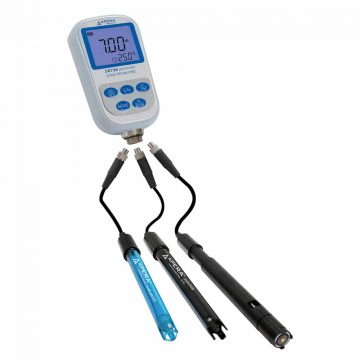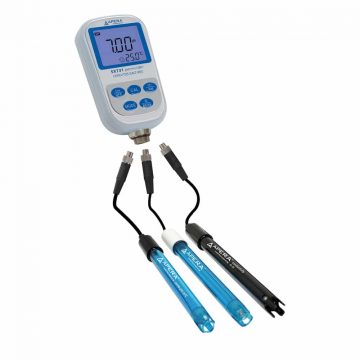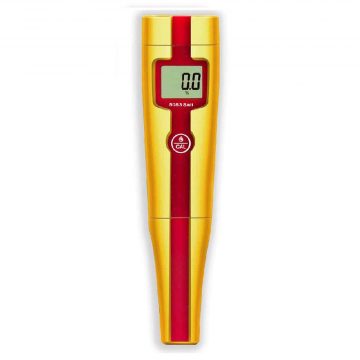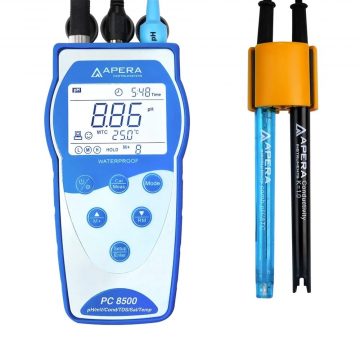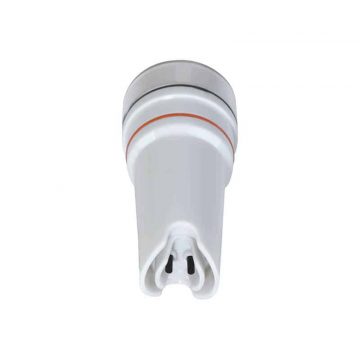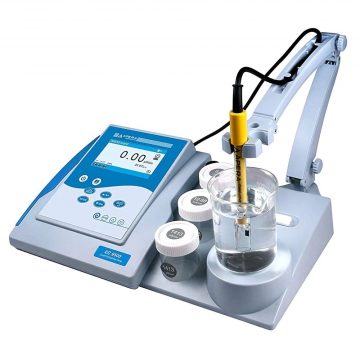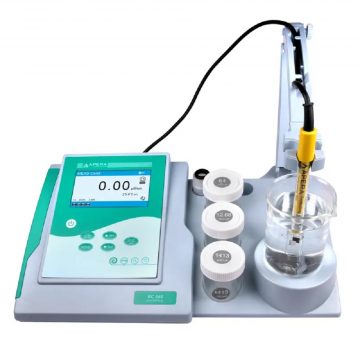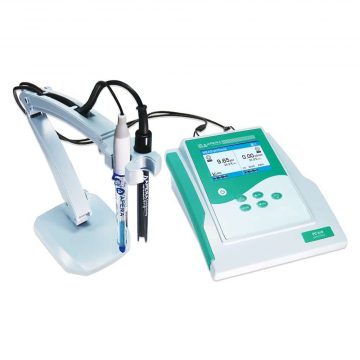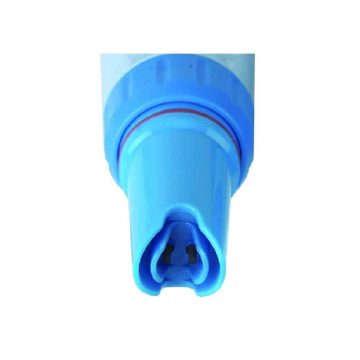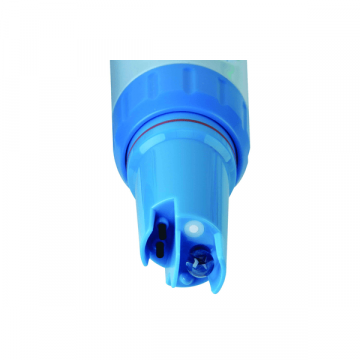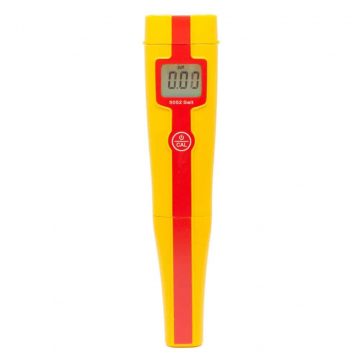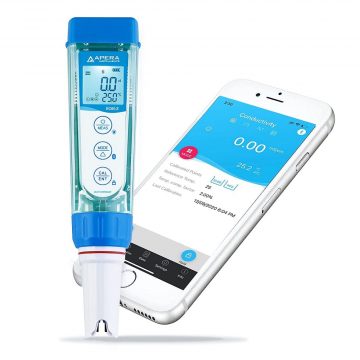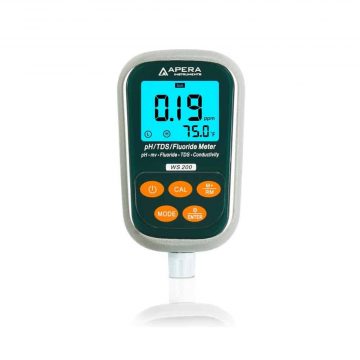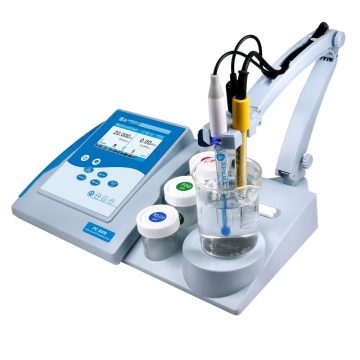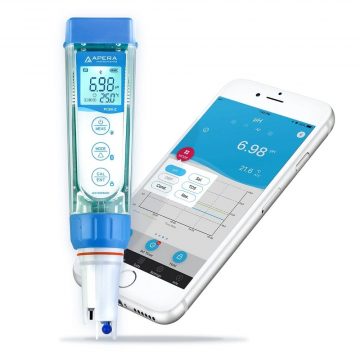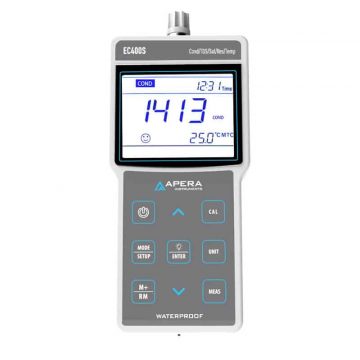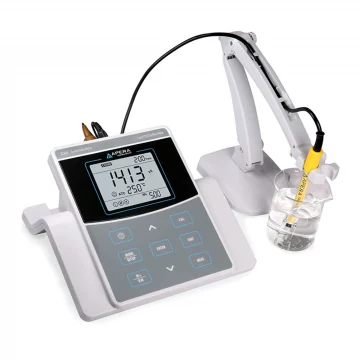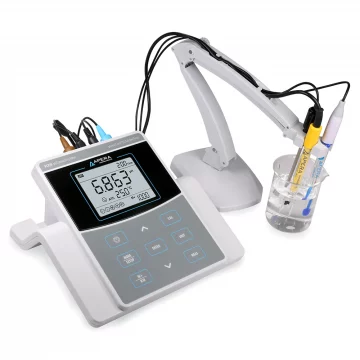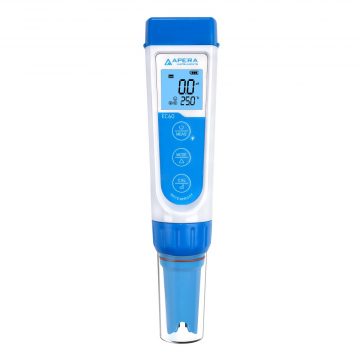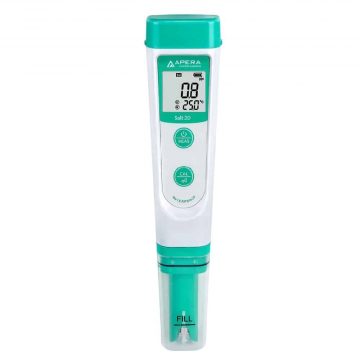The salt content (also salinity) describes the amount of salts dissolved in a liquid, with sodium chloride (table salt) representing the largest proportion of dissolved salts in most cases. Salinity is especially important for the flora and fauna in seawater, rivers or saltwater aquariums, and should therefore be thoroughly monitored. Typical units for salt content are g/kg (g salt per kg solution), %, ppt or also PSU (see below).
Our salinity meters use the Practical Salinity Scale (PSS-78), which is based on the proportionality of salinity and conductivity. This is because the higher the salt content in a liquid, the higher its conductivity (for example, distilled water is a very poor conductor).
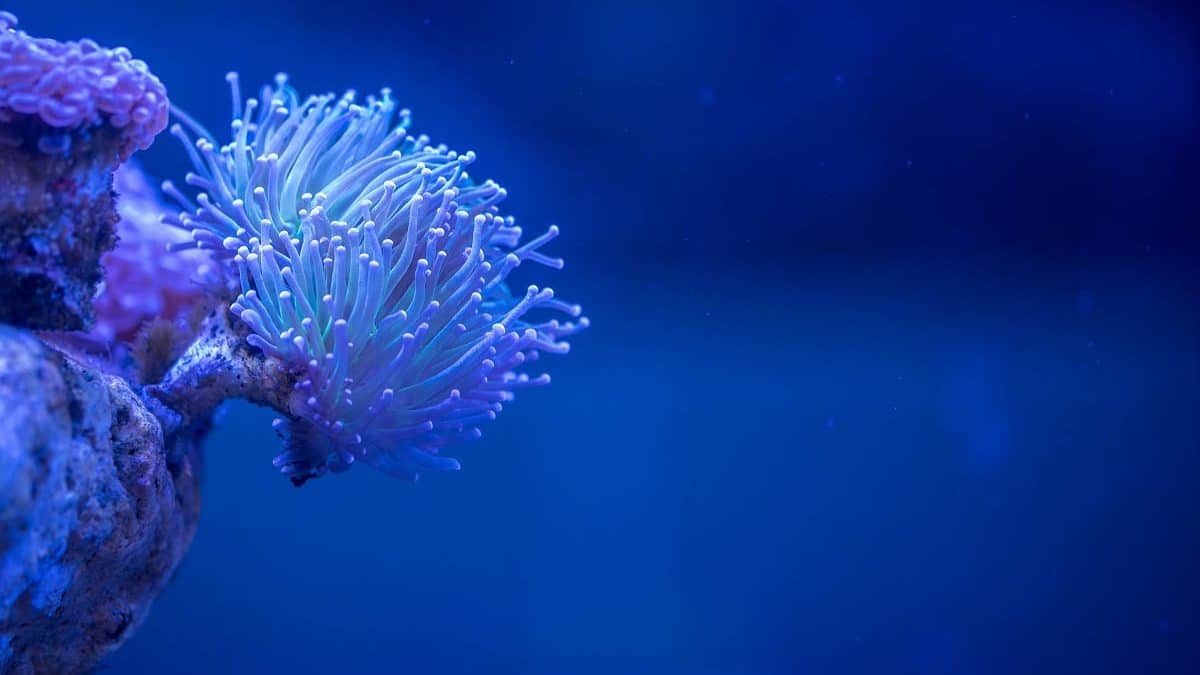
This means, then, that the salinity can be calculated from the measured conductivity using a formula, with the result given in the non-physical unit PSU. However, conversion to other units is possible, so our instruments display salinity in either % or ppt.



